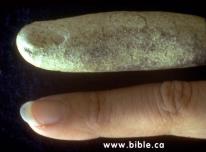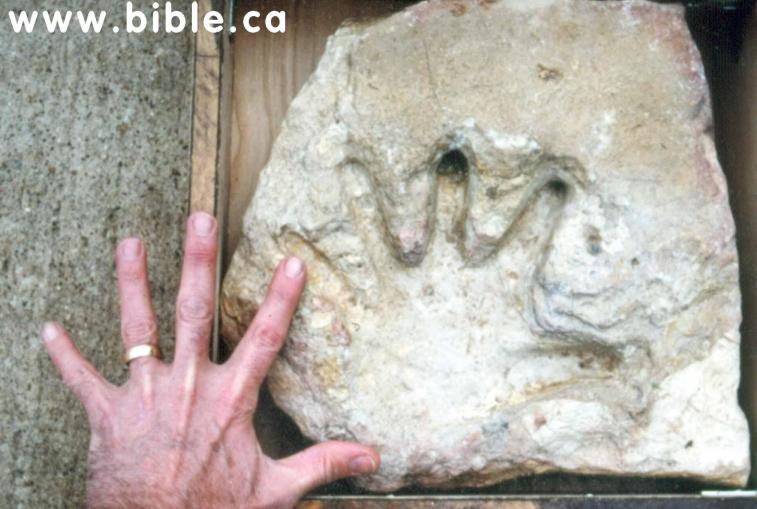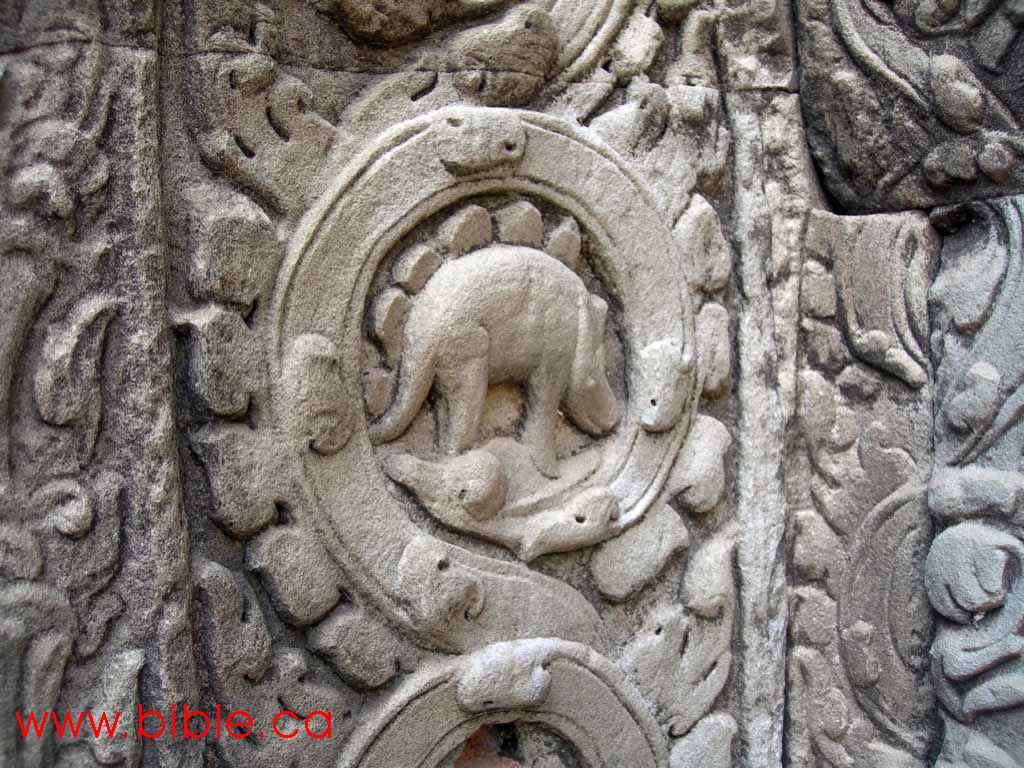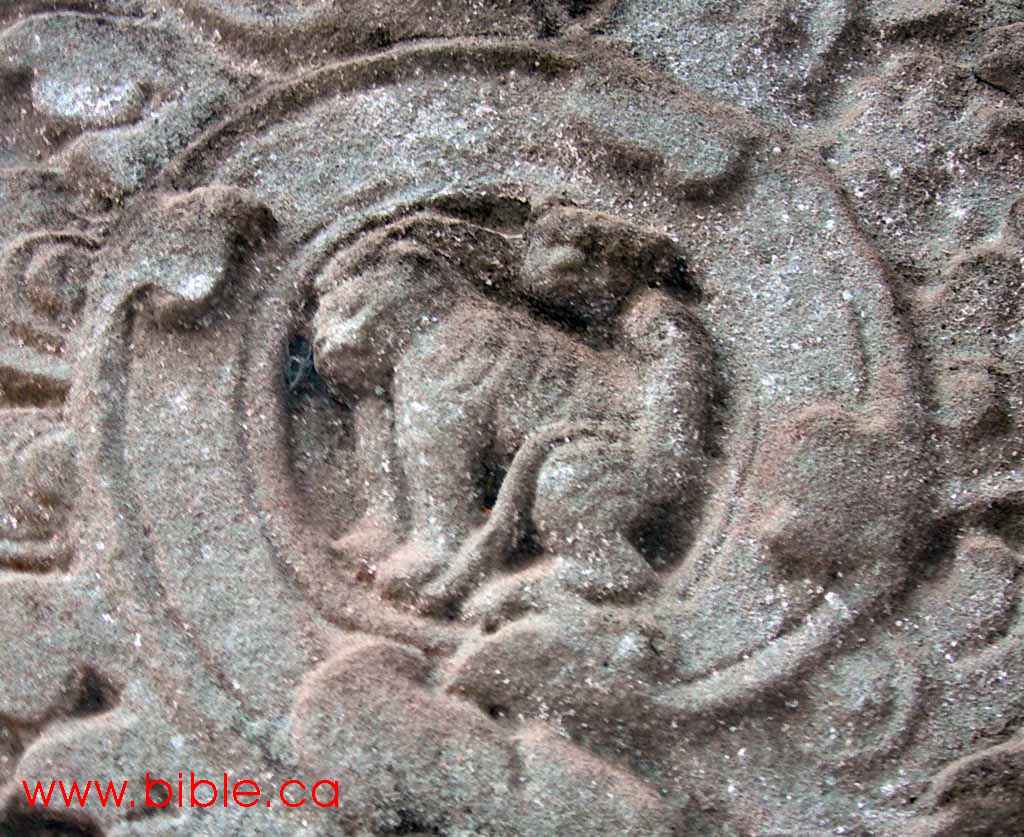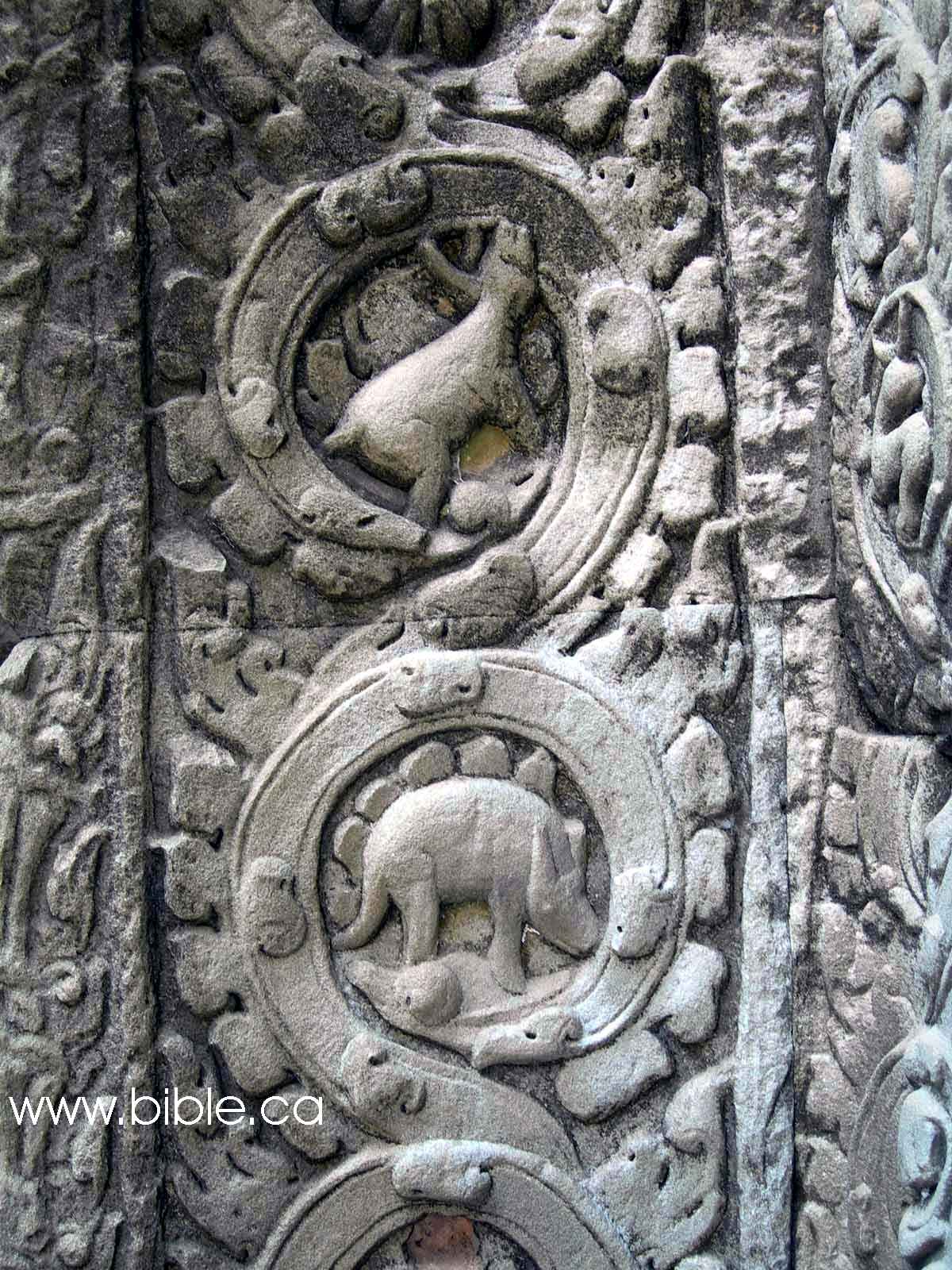Official World Site Malachite Man
(Malachite is a green mineral)
http://www.bible.ca/tracks/malachite-man.htm
Skeletons of ten perfectly modern humans have been excavated from fifty eight feet down in the Dakota Sandstone, over an area spanning about 50 by 100 feet. This formation is a member of the Lower Cretaceous, supposedly 140 million years old. It is known for its dinosaurs and is the same formation found at Dinosaur National Monument. At least four of the ten individuals are female. One is an infant. Some of the bones are articulated. Some are not, appearing to have been washed into place. No obvious tools or artifacts were found associated with the bones. The bulldozer driver who uncovered the first bones in 1971 expresses certainty that there were no tunnels or cracks in the extremely hard overlying layers of rock. The bones are partially replaced with malachite (a green mineral) and turquoise, thus appropriately named "Malachite Man".
Malachite Man
The evidence appears obvious that these 10 men, woman and children, were buried rapidly by some catastrophe, like a flood. Articulated skeletons indicate rapid burial. Some propose to explain these bones by arguing that they were mining, when the mine collapsed. However there is no indication of tunnels, and woman and small children would not likely be included in a mining operation. Additionally, no tools have been found and there are no crushed bones which would be expected if the mine caved in. Another invalid explanation is that this is a mass grave and they were buried. This cannot be true because the living would have to dig a grave 50-100 feet deep through extremely hard sandstone layers. The modern mining operation was halted in the 1970's because the sandstone was so hard it was destroying the bulldozers. These humans appear to have been buried by the same catastrophe that buried dinosaurs in this continent spanning formation. Humans and dinosaurs must have lived at the same time!
Fossilized Hammer: (click the url for photos)
http://www.bible.ca/tracks/fossilized-hammer.htm
Found in a formation famous for its dinosaurs, supposed to be 140 million years old (lower cretaceous).
Max Han was fishing with his family near London, TX when he found a rock with wood protruding from it. When the rock was cracked open, this octagonally shaped iron hammer was exposed.
The wood handle is partially coalifed with quartz and calcite crystalline inclusions. Tests performed at Battelle Laboratory document the hammer’s unusual metallurgy, 96% iron, 2.6% chlorine and .74% sulfur (no carbon). Density test indicate casting of exceptional quality. A unique coating of FeO, which does not readily form under present atmospheric conditions, appears to inhibit rusting.
The enclosing rock contains Lower Cretaceous fossils. It is a concretionary sandstone nodule from the nearby cliff which is made up of concretionary sandstone nodules.
This cliff is part of the Lower Cretaceous Edwards Plateau which evolutionists tell us was formed 140 million years ago, when dinosaurs roamed the earth. Of course, the coexistence of humans and dinosaurs would destroy evolutionary theory, so maybe the hammer was made by dinosaurs. Do you really think so?
Fossilized Human Finger:
Found in a formation famous for its dinosaurs, supposed to be 110 million years old (Middle Cretaceous).
Some argued that it could not be a fossilized finger since pressure from overlying layers mashes fossils flat. This is usually true, but not in the Glen Rose Formation. Several locations reveal thousands of fossilized worms that are perfectly three dimensional. If anything should be mashed flat it would be worms, but they are not. Obviously, very rapid lithification is required in order to preserve such astonishing detail.
Some who claim to be scientists will immediately say, "
It’s just a rock." They "
know" humans did not live with dinosaurs, so it can’t be a fossil finger, no matter how much it looks like a finger.
Science proceeds in a different manner.
Real scientists perform experiments that will test their conclusions. We sectioned this fossil to see if any indication of interior structure was preserved which would allow us to determine whither this was a fossil finger or a strange looking rock.
The fossil has been replaced with limestone. Sometimes replaced fossils maintain their interior structure. Sometimes they do not. Fortunately, when the fossil was sectioned, we were able to see obvious indications of bone and ligaments.
Medical Doctor Dale Peterson of Oklahoma City, OK examined the sectioned specimen by means of x-ray, CT Scan and MRI. He was able to identify joints and to trace tendons throughout the length of the fossil. His expert conclusion is: "
There can be no reasonable doubt that this is a fossil finger."
This fossil which corresponds perfectly to a human handprint shows astounding detail. Even the print of the thumb nail can be seen. It is found in the Glen Rose limestone which is designated as Middle Cretaceous, supposedly 110 million years old and contemporary with the dinosaurs!
Dinosaurs in ancient Cambodian temple
http://www.bible.ca/tracks/tracks-cambodia.htm
(
pics don't show fully here, so click link for full shots)
The magnificent jungle temples of Cambodia were produced by the Khmer civilization, beginning as early as the eighth and extending through the fourteenth century A.D. One of, if not the greatest monarchs and monument builders of this empire was Jayavarman VII, crowned supreme king in 1181. Portrait statues, depicting him meditating in the fashion of Buddha, have been found throughout the region.
An excellent example can be seen in the National Museum Of Cambodia in Phnom Pehn. He built the beautiful temple monastery Ta Prohm in honor of his mother, dedicating it in 1186
These awesome temples were rediscovered by Portuguese adventurers and Catholic missionaries in the 16th century and many were restored in 19th and 20th centuries. Ta Prohm, one of the most picturesque, was left in it's natural state. It recently gained international attention as the setting for the first Laura Croft movie.
At the corner formed by the elaborate front entrance and the front wall is a ten-foot column covered with these decorative circles.
One of the animals enclosed in these circles is a stegosaurus
Ta Prohm abounds with stone statues and reliefs. Almost every square inch of the gray sandstone is covered with ornate carvings. Hundreds of decorative stone circles surround familiar animals, such as monkeys, deer, water buffalo, parrots.
The obvious indication is that the stone carvers of the tenth century saw a stegosaurus as they saw monkeys, buffalo and deer.
OK, let the screaming and gnashing of teeth begin!
There’s more of these kind of examples my friends, so let’s get on with the excuses and reasons why these are all fakes, and then we’ll add more to the pile.
Bronzesnake





 if you all want to discuss the addition of information to the genome of said species do so in another thread.
if you all want to discuss the addition of information to the genome of said species do so in another thread.

